Global warming has apparently taken its toll on how families decide where to live. A new study alludes to a mass migration occurring due to an increasing number in areas exposed to high flood risks.
High Flood Risks Impact The Size Of Certain Prosperous Cities
One risk analysis group concluded that over 7 million Americans decided to either avoid moving into an area with a high risk of flooding or move away from it since the year 2000. The researchers from the group, which is known as the First Street Foundation, analyzed 23 years of flood data to reach their findings.
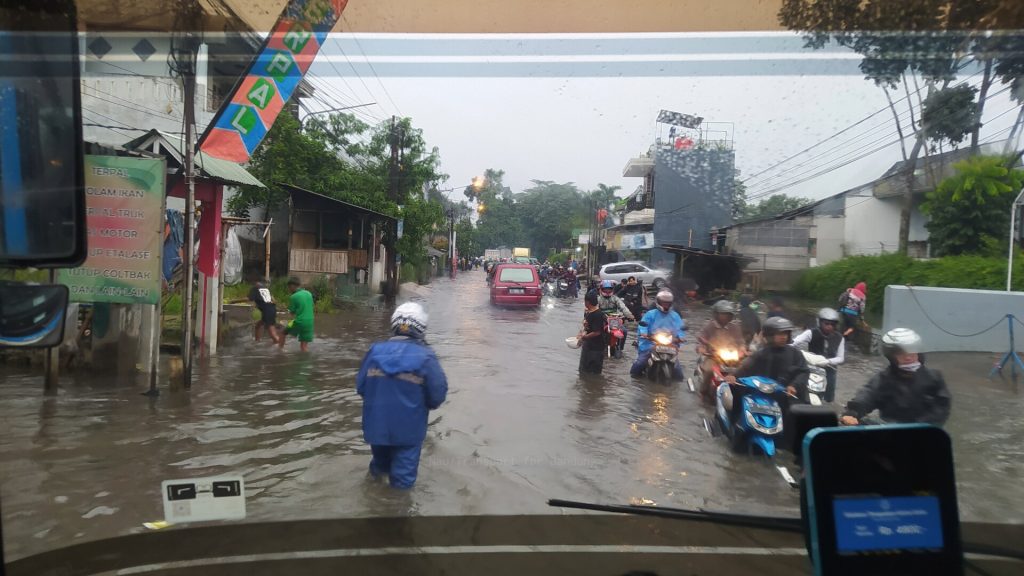
The results showed that flooding and areas with high risks of flooding have hindered the growth and expansion of otherwise prosperous cities. In addition, this weather condition has also caused certain areas to decline in size.
Researcher Highlights ‘Relative Risk’ For Unaffected Cities
State-level data may seem contradictory when compared to the results from this research study. That is especially the case if you focus on such states as Florida. Before punching holes into the researched conclusion, though, First Street researcher Jeremy Porter claims that “there’s more to the story.”
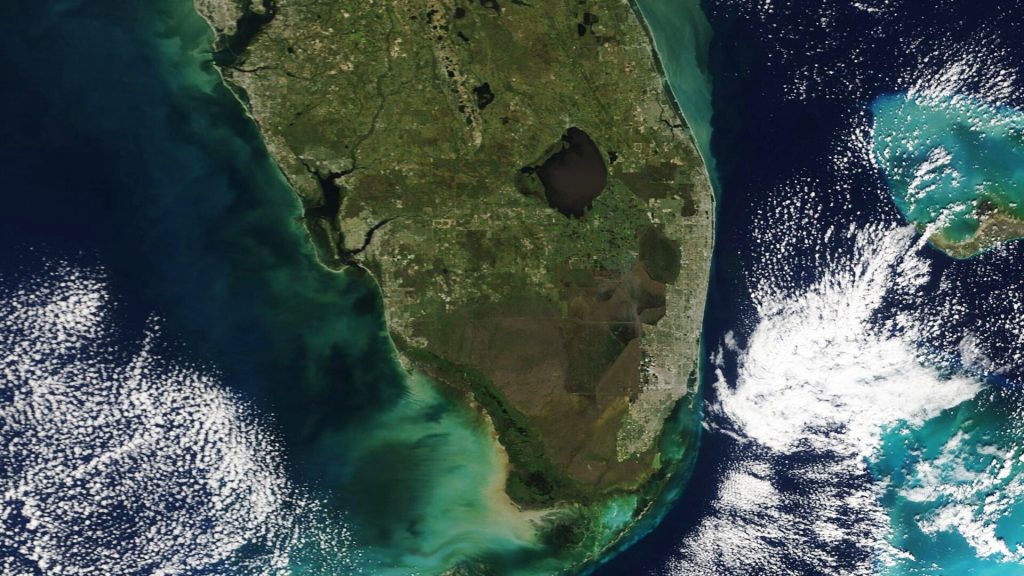
According to Porter, those who already live in certain popular cities are not going to be too eager to move just because of the flood risk statistics. For instance, he stated that those who live in Miami are not going to pack up and move to Denver right away just because Miami is ranked 9 out of 10 when it comes to flood risks. Porter further explained that they would likely consider the “relative risk” involved – which is why many in these types of cities will choose to stay.
Congo River Breaks Six-Decade Record With Levels
Historic flooding within communities around the world have made headlines in their own countries – especially the ones that break longtime records. For instance, the Congo River essentially shattered a record in January 2024 that was in place for more than 60 years with its increase in levels.
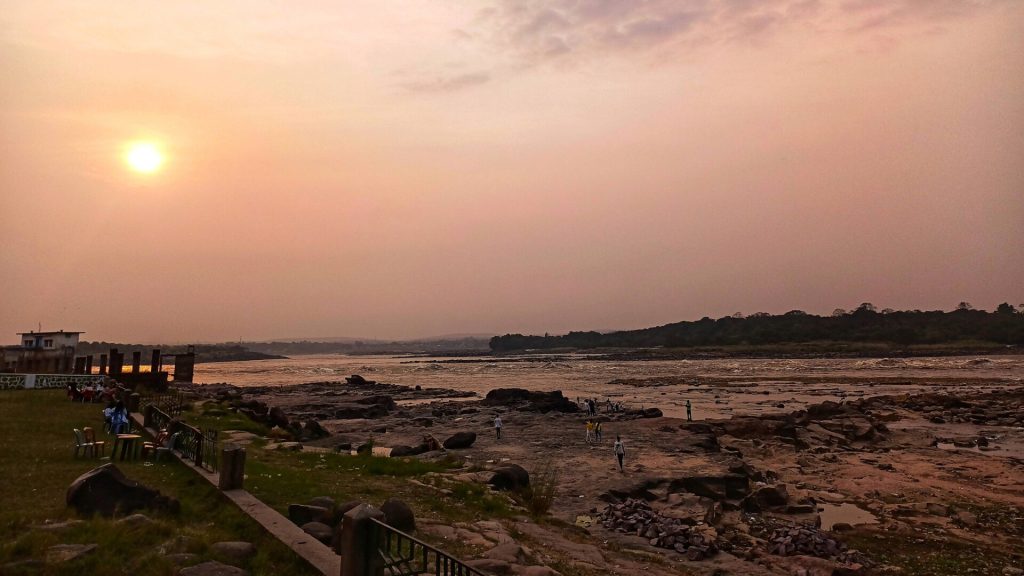
The major change impacted the lives of thousands by killing hundreds of people within the Democratic Republic of the Congo (DRC). Thousands of other people were reportedly displaced as a result of the river’s condition as well.
Lake Como Overflow Causes By Heavy Rains In Italy
Another shocking result of inclement weather conditions occurred in Italy in October 2023. Lake Como reportedly overflowed after Milan flooded, which caused a substantial amount of damage.

Several waterside bars flooded near the lakes as well. According to CNN, civil protection officials even had to pump out water from nearby areas and create mobile barriers. There was also no power in certain areas of the city as local authorities focused on addressing downed power lines.
Vancouver Plans To Renovate Waterfront To Use Floodwaters
A team based in Vancouver has the goal of renovating the waterfront area. It is their intent to take full advantage of the floodwaters by creating vertical extensions of mid-rise buildings with available spaces and community terraces.
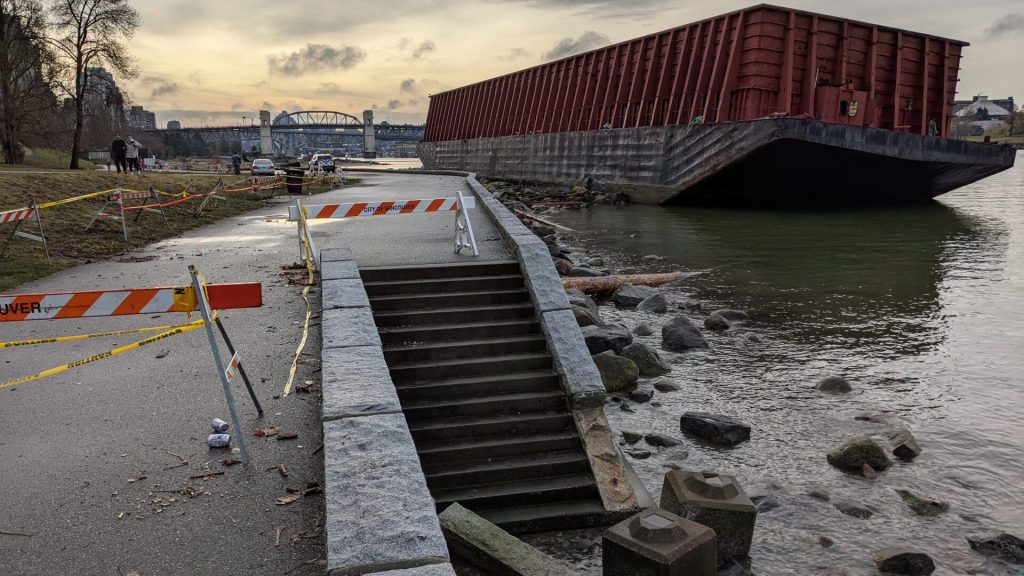
The plan also provides for these extensions within flood-adaptive townhouses as well. This is similar to Venice with their proposed solution of 78 different hinged steel floodgates placed along the actual seafloor.
Researcher Claims Climate Change Increased Chances Of ‘Extreme Flooding’
Valeriy Ivanov, a researcher from the University of Michigan, stated that climate change has increased the chances of experiencing “extreme flooding” – especially within “urban areas.” Within a press release issued by the First Street team, there have been more than 1,780 flood-related fatalities in the U.S. since the year 2000.

It is currently projected that the number of people affected by flood-prone areas will double by the year 2030. The World Resources Institute estimates that urban property damaged by sea level rise and coastal storm surges will increase tenfold by jumping from $17 billion in 2020 to at least $177 billion by 2030.
Climate Change Not The Only Factor To Blame For Flooded Areas
It may seem easy and even understandable for many to immediately play climate change and global warming for this dire results. However, according to the World Resources Institute, there are several other key factors that threaten the stability of these bodies of water.
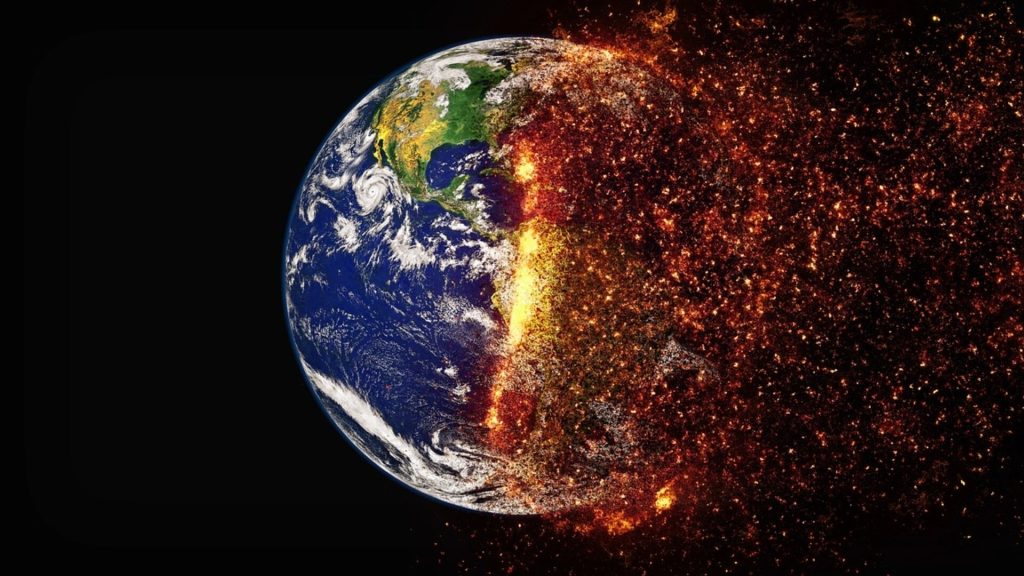
For instance, population growth and increased development are just two of the socioeconomic factors that could play a role. Areas with the highest flood risk statistics will likely be affected at all three levels.
Why All Eyes Are on Bangladesh, India, and Indonesia
Studies have proven that Indonesia, Bangladesh, and India have some of the biggest populations of people affected by coastal and riverine floods annually. A study conducted by the World Resources Institute shows that these countries will make up more than 40% of the worldwide population affected by riverine floods each year.

In addition, it would consist of nearly 60% of the population affected most by coastal flooding. Further studies project that the annual damage caused to urban properties will jump by $340 million.
Sinkholes Must Be Considered When Analyzing Flood Risk
Another factor that must be considered but is easily overlooked is the sinking land issue that many different countries have experienced. This type of subsidence is primarily caused by groundwater in the area being exploited.

It is estimated that sinking land will lead to another 2 million people becoming at risk of coastal flooding no later than 2030. The U.S. statistically has more flood risk sparked by subsidence than any other country.
A Five-Year Initiative To Predicate And Relay Details On Flood Risks
Ivanov reportedly led a five-year initiative that was specifically designed to assist in the prediction and communication of flood risk. The Office of Naval Research awarded the team with a $7.5 million grant specifically designed to help achieve this goal.
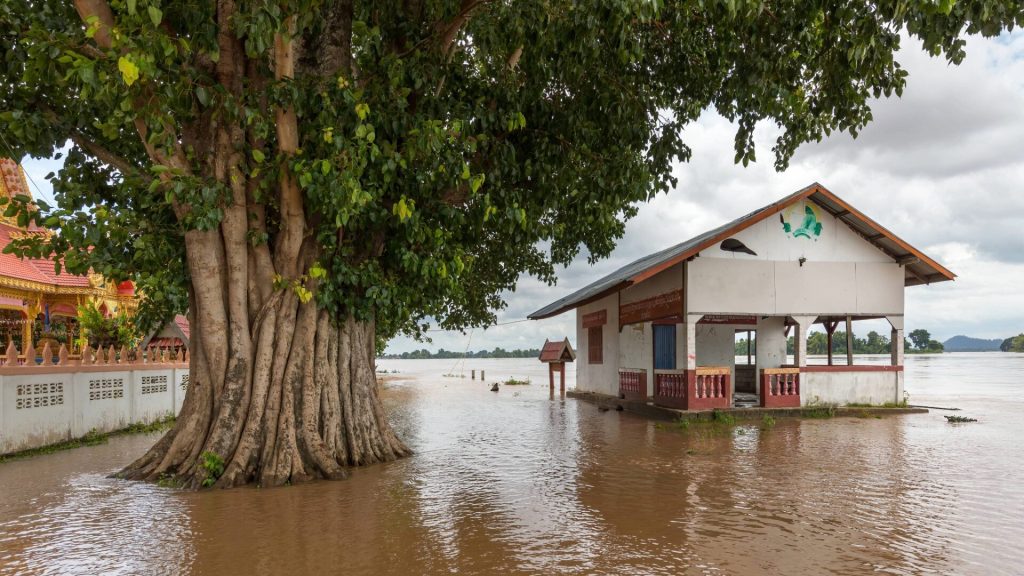
One of the biggest questions that this initiative intends to answer is, “What information do leaders need to make decisions about evacuation?” The project will consist of expert guidance and insight provided by professionals within the technology, science, and humanity fields.






